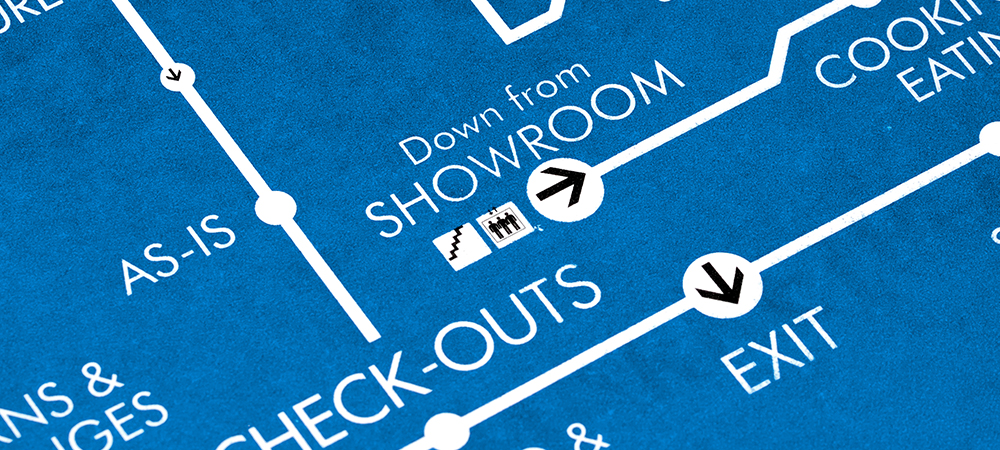A retail loss prevention checklist for 2020

After what many hope has been a bumper Christmas sales period for the Australian retail sector, the focus is now shifting to 2020 and the year ahead.For many retailers, the spotlight will be on the best strategies to improve their bottom line, and top of the priorities will likely be an emphasis on loss prevention.
Each year shoplifting and shrink costs the Australian retail industry billions. It skims a large portion of the sector’s profits, pushes up prices, and impacts the consumer.
And with 2020 already looking challenging due to the long-term impacts of bushfire, now is the time retailers should be shoring up every aspect of their business.
If you’re looking to stem the loss in 2020, here’s a quick loss prevention list to kick off the new year.
Measure it to manage it
To devise the most effective loss prevention strategies, retailers need to know exactly where theft and loss are occurring.
For most retailers, the major cause of loss is shoplifting, which means understanding exactly which products are most likely to be targeted and using suitable techniques to mitigate the opportunity for theft.
Ascertaining this generally involves a deep-dive into both analytics and anecdotal evidence. It involves asking: Which products most frequently encounter unexplained out of stocks? Which items generally attract shoplifter interest according to research? And which items are commonly found on the shoplifters apprehended in your store?
While shoplifting currently ranks as the greatest contributor to loss throughout the sector, employee theft, supplier fraud and administrative error also play a role.
Combatting each of these also involves examining where and when shrink is happening, and altering policies and procedures to address the issue, or employing technology such as RFID to assist.
Protect individual products appropriately
Product-based protection such as security tags, security labels, package wraps and lockable cabinets are considered the most effective ways of protecting individual items against theft.
In fact, electronic article surveillance, involving the use of antenna, and security tags and labels, is regarded as one of the most comprehensive and popular anti-theft strategies available to the sector.
Now is the time to reflect on whether you are using this technology to its best effect, whether the tag or label suits the product in question and whether your EAS system still meets your retail requirements.
Examine each area of your store

In addition to knowing what products are likely to be stolen, retailers should be looking at which areas are vulnerable within their store and addressing this through better layout, better lighting and available technology.
The shop floor, the fitting room, the Point of Sale, the storeroom and the supply chain are all key areas to look at, with technology available to assist in protecting each.
You can learn more about protecting the five critical areas of a retail outlet here, but technology to consider includes security tags and labels, fitting room EAS protection, POS analytics, CCTV, RFID product tracking, and smart locks.
Don’t underestimate the importance of staff
Staff play an integral role in deterring both shoplifting and employee theft. That means every employee should be adequately screened before gaining employment, then trained accordingly in the art of customer service and the signs to watch for when it comes to shoplifting.
Research indicates the simple act of meeting and greeting customers and being attentive to their needs combats customer theft, while staff who feel valued and adequately compensated for their work are also less likely to steal.
Is there a better way?
As retailers consider which products are likely to be stolen and where in their store loss is occurring, it’s also the opportunity to gauge whether there are better, more effective systems and tools available and whether the current technology they employ needs upgrading.
Recent years have seen loss prevention tools come on in leaps and bounds. In terms of electronic article surveillance, there are now high strength tags available, magnet-resistant tags, all-in-one tags like the Croc Tag, and also more intuitive antenna systems.
New innovations like the FittingRoom Guard make protecting the fitting room easier, improved analytics at the mobile Point of Sale make recognising shoplifting trends simpler, and technology like RFID means products can be tracked and accounted for from the point of manufacture right through to the retail floor.